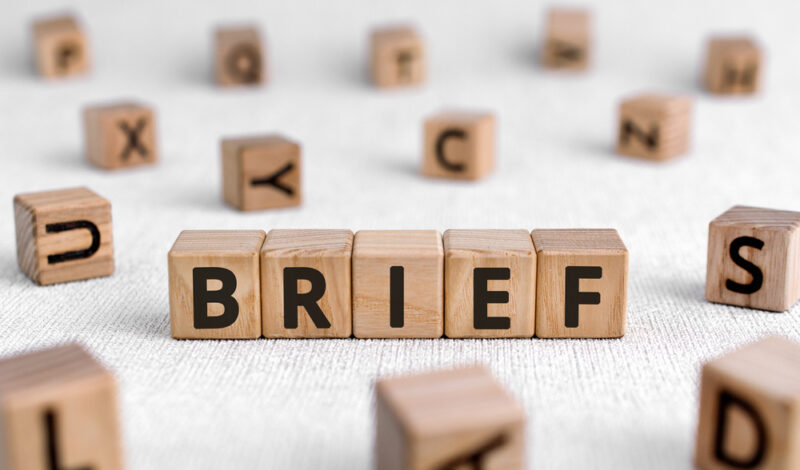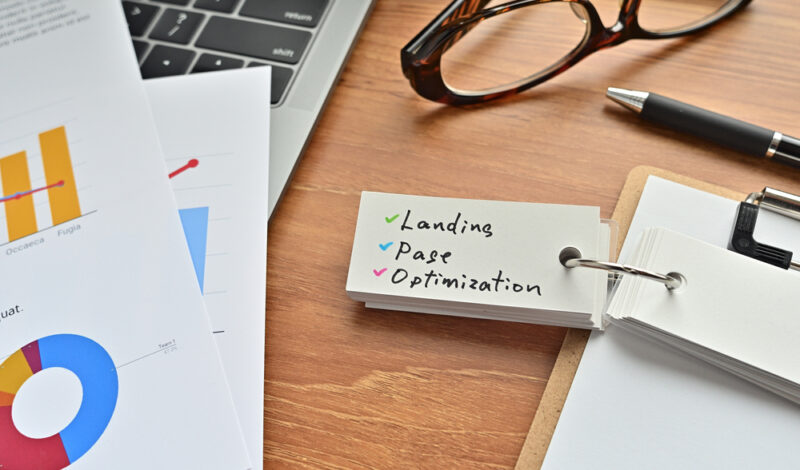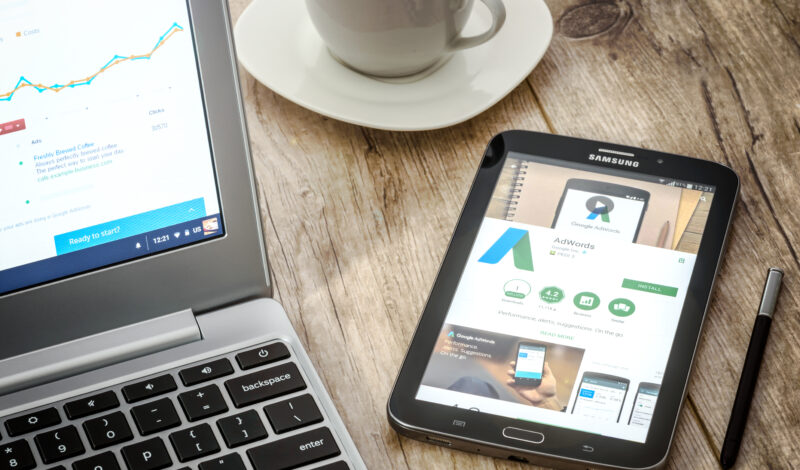One of the basic elements that constitute a good project is a skilfully written brief. It is a form of a map thanks to which a graphic designer has the possibility to efficiently reach the set goal. It defines the priorities and the most important needs of a project, and is an answer to precisely formed questions.
Without a brief, a designer should not even start to work on a project. It can take various forms – oral or written. Sometimes, a brief form is adapted to the client’s personality. Sometimes, it is faster to collect information in writing. Other times, a casual conversation over coffee after which we can confidently say “that’s it!” and proceed to implementation is enough.
Brief is not a shortcut
Firstly, please remember that a written version of a brief is a form of protection for designers. They can come back to it while working on the project and when they hand it over. There are many stories about clients who change their minds at the final stage of a project. With the brief prepared by the client, we can rest assured. Moreover, this “holy” document for designers can sometimes be a last hope in a dispute with a client, and can also help in the initial project valuation. This way, we will save ourselves a lot of trouble and extra hours in front of the computer.
More and less incorrect briefs
A designer will not make much use of a brief when you prepare it superficially, not very carefully or vaguely. Theoretically, the client completed the brief, but he did it in a way that will not help the designer in any way. The designer is still at the starting line. A reverse of this situation is the “less incorrect” – much overloaded, full of different information. Such a description requires more thought. Despite the client’s “exhaustive” responses, it is necessary to prioritize, extract the most important things, and sometimes get more of the client.
On the other hand, there are also situations when the client is engaged in the project way too much. So much so that the designer has no freedom. Such cases can also be frustrating. Too much control and lack of space can severely “block” the graphic designer. It is worth giving him a bit of freedom and letting him suggest something from himself. Isn’t that what we need his help for?
What makes a good brief?
A good brief should be a collection of the most necessary information, described in a concise and precise manner.
Generalities and empty, meaningless sentences should be avoided. Detailed supplementation of the brief requires updated knowledge of your own company. This imposes the necessity to re-analyse the condition of the brand, business priorities, etc. Sometimes it forces an analysis of competitors’ activities, and getting acquainted with the current trends on the market. It allows looking objectively at your company’s situation and a specific brand. Planning deadlines with a lot of margin is a good practise, if we expect interesting results. It is worth giving the contractors of our project time and a chance to show off.
What should a brief include?
The most common questions that we can see when completing a brief are purely informative, for example company name, first and last name, e-mail, telephone number, budget, deadline, company or product description. Less frequent questions, but much more valuable, are the more detailed ones. Examples of questions related to web design include questions such as:
- current website address,
- project type (landing page, portal, company website, product promotion, sales page, shop, information page, etc.),
- brand description,
- objective, mission of the new website,
- characteristics of the product, a given service,
- target group,
- market, competition, or what distinguishes my company from the competition,
- examples of competitors’ websites that we like and dislike,
- what resources we need to provide to create a new website (logo, copy, visualizations, video, graphics),
- pros of the current site,
- main colours that should dominate the site,
- features that the new website should contain (minimalist, complicated, exclusive, modern, stable, serious, funny, contrasting, with lots of photos, strongly typographic, elegant),
- expected functionalities/interactions on the website, animations,
- language versions.
Good brief = mutual satisfaction of order fulfilment
Brief can sometimes be very extensive, other times short, but precisely specified. To sum up, It is important not to treat this type of document supplement superficially. The document will allow us to go through the design process painlessly and effectively. A brief gives the graphic designer a chance to meet the client’s expectations, and the client the most sincere satisfaction with order fulfilment. Good luck!



